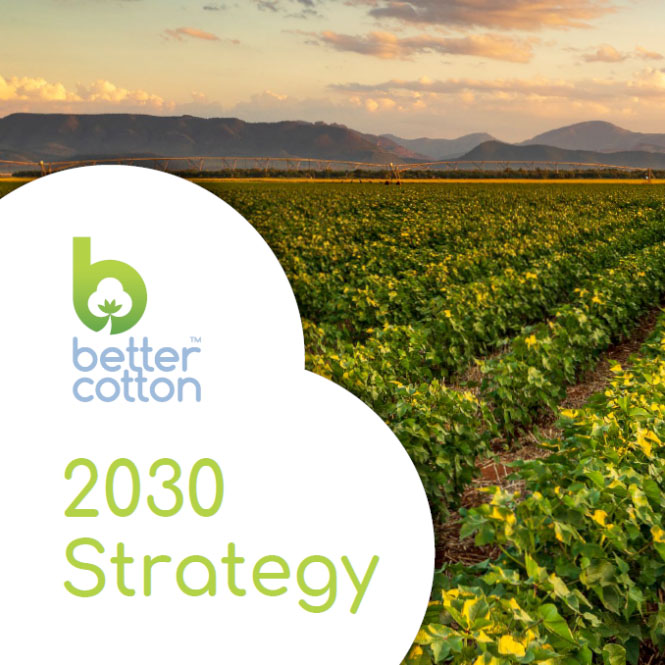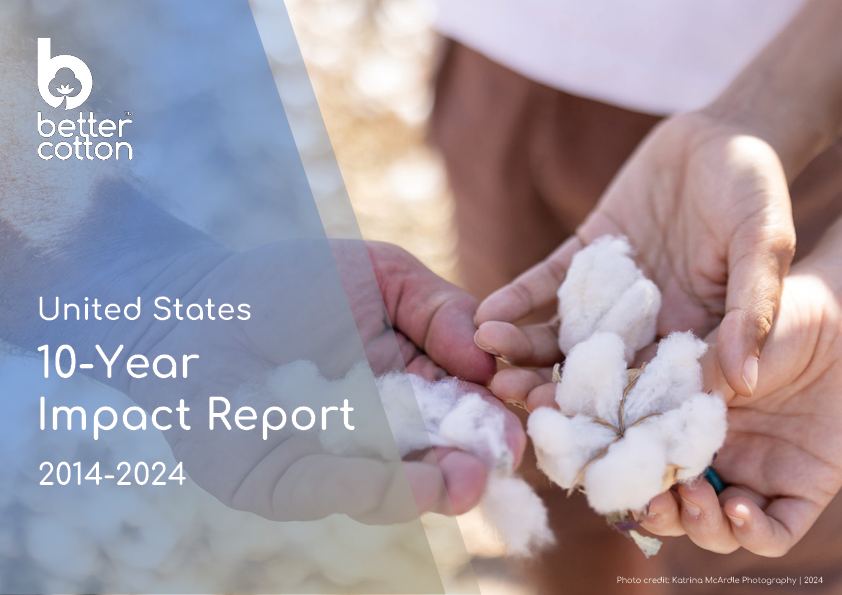- Who we are
- What we do
In just over 10 years we have become the world’s largest cotton sustainability programme. Our mission: to help cotton communities survive and thrive, while protecting and restoring the environment.
- Where we grow
Better Cotton is grown in 22 countries around the world and accounts for 22% of global cotton production. In the 2022-23 cotton season, 2.13 million licensed Better Cotton Farmers grew 5.47 million tonnes of Better Cotton.
- Our impact
- Membership
Today Better Cotton has more than 2,700 members, reflecting the breadth and diversity of the industry. Members of a global community that understands the mutual benefits of sustainable cotton farming. The moment you join, you become part of this too.
- Associate Membership
- Civil Society Membership
- Producer Organisation Membership
- Retailer and Brand Membership
- Supplier and Manufacturer Membership
- Find Members
- Member Monitoring
- Better Cotton Platform
- myBetterCotton
- Resources – Better Cotton Conference 2022
- Complaints
- Whistleblowing
- Safeguarding
- Get Involved in the Better Cotton Programme
- Thank you for contacting us
- Better Cotton’s Data Privacy Policy
- Log in
- Members’ Area
- Request for Proposals
- Better Cotton Cookie Policy
- Web Reference
- Measuring Cotton Consumption
- How to Implement the Chain of Custody Standard
- Resources – Better Cotton Conference 2023
- Certification Bodies Old
- Latest
- Sourcing
- Latest
The founding premise of Better Cotton is that a healthy sustainable future for cotton and the people that farm it is in the interests of everyone connected with it.
Let us help you find what you’re looking for
Results for {phrase} ({results_count} of {results_count_total})Displaying {results_count} results of {results_count_total}
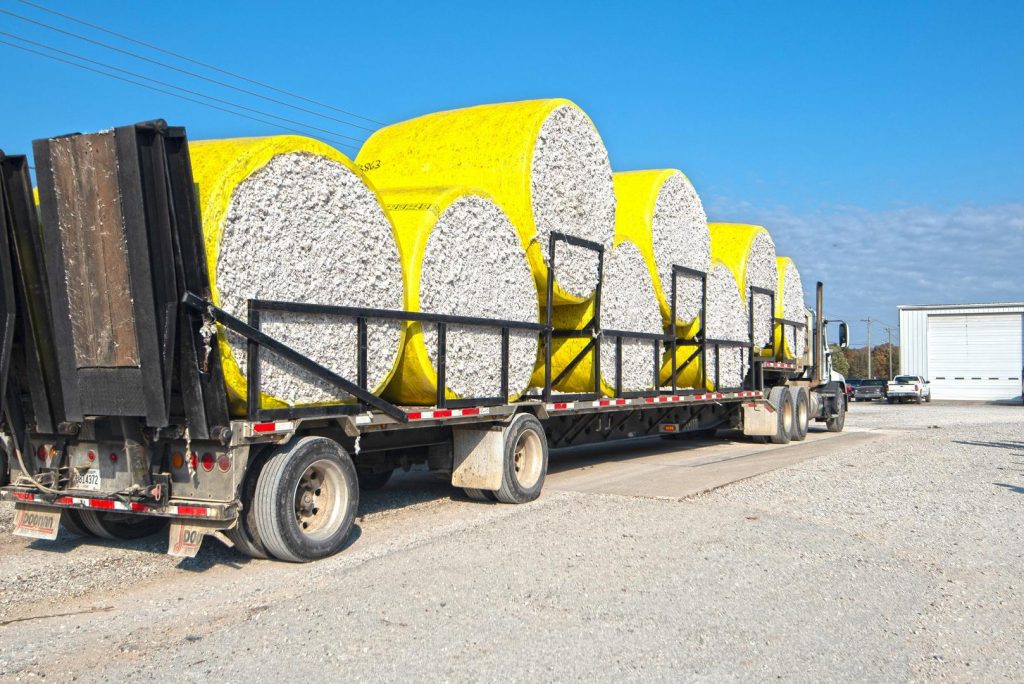
A new report published on 15 October 2021 has revealed the first-ever quantification of global greenhouse gas emissions of Better Cotton and comparable production. The report, conducted by Anthesis Group and commissioned by Better Cotton in 2021, found significantly lower emissions from Better Cotton licensed farmers’ cotton production.
Anthesis analysed more than 200,000 farm assessments from three seasons (2015-16 to 2017-18) and used the Cool Farm Tool as the GHG emissions calculation engine. The primary data provided by Better Cotton covered input use and types, farm sizes, production and approximate geographical locations, while some information was filled via desk research where primary data was not available.
The aims of this study were two-fold. Firstly, we wanted to understand if Better Cotton farmers have produced lower emissions while growing cotton than comparable non-Better Cotton farmers. Secondly, we wanted to quantify emissions for producers contributing 80% of Better Cotton global production and use this baseline to set a global emissions reductions target for 2030.
Results from our comparative analysis
To understand if Better Cotton farmers have produced lower emissions while growing cotton than comparable non-Better Cotton farmers, comparison data was provided by Better Cotton. Each season its partners collect and report data from farmers cultivating cotton in the same geographic areas using same or similar technologies, but who are not yet participating in the Better Cotton programme. The study found that on average Better Cotton production had a 19% lower emissions intensity per tonne lint than comparison production across China, India, Pakistan, Tajikistan and Turkey.
Over half of the difference in emissions performance between Better Cotton and comparison production was due to difference in emissions from fertiliser production. A further 28% of the difference was because of emissions from irrigation.
On average Better Cotton production had a 19% lower emissions intensity per tonne lint than comparison production across China, India, Pakistan, Tajikistan and Turkey.
This will enable emissions reduction strategies across Better Cotton’s and its partners’ major production areas to implement meaningful and measurable climate change mitigation actions.
Analysis that informs Better Cotton’s 2030 Strategy
We aim to make, and demonstrate, positive real-world change for the climate. This means having a baseline and measuring change over time. To help inform our forthcoming 2030 strategy and associated global target on emissions reduction, we requested a separate piece of analysis to assess emissions from Better Cotton (or recognised equivalent) production constituting over 80% of licensed Better Cotton’s global production across Brazil, India, Pakistan, China and the US. The analysis breaks down emissions drivers for each state or province per country. This will enable emissions reduction strategies across Better Cotton’s and its partners’ major production areas to implement meaningful and measurable climate change mitigation actions.
The study found production had average annual GHG emissions of 8.74 million tonnes carbon dioxide equivalents to produce 2.98 million tonnes lint – equating to 2.93 tonnes carbon dioxide equivalents per tonne lint produced. Unsurprisingly, the largest emissions hotspot was found to be fertiliser production, which accounted for 47% of total emissions from Better Cotton production. Irrigation and fertiliser application were also found to be significant drivers of emissions.
Better Cotton’s next steps on GHG Emissions
Set a 2030 Target
- Better Cotton will set a 2030 target on GHG emissions reduction. This will be informed by climate science and the collective ambition of the apparel and textile sector, including notably the UNFCCC Fashion Charter of which Better Cotton is a member.
- Better Cotton’s emissions target will sit within our comprehensive climate change strategy currently under development.
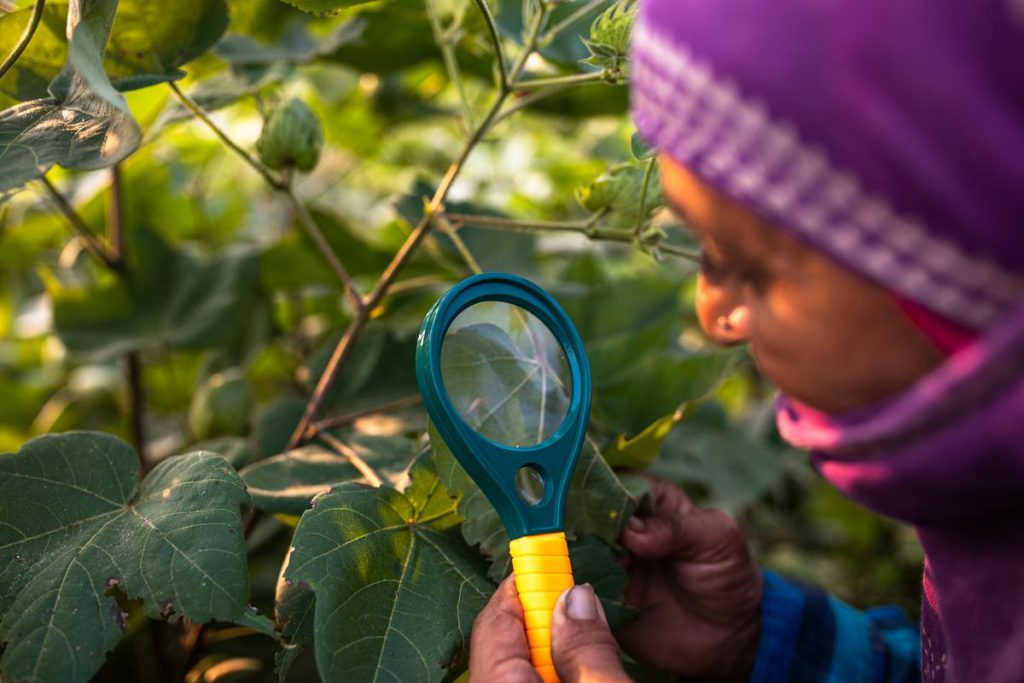
Take Action Towards the Target
- Given their sizable contribution to total emissions, reductions in the use of synthetic fertilisers and irrigation can unlock significant reductions in emissions. Efficiency improvements through better yields will also contribute to reducing emissions intensity, i.e. GHGs emitted per tonne of cotton grown.
- The adoption of management practices such as cover cropping, mulching, no/reduced tillage and application of organic manures offer significant opportunities to reduce emissions through carbon sequestration. These practices can simultaneously have a positive impact on conserving soil moisture and enhancing soil health.
- Galvanising collective action where it matters most will also support emissions reductions – this includes identifying hotspots, leveraging new resources and advocating for change outside Better Cotton’s direct scope (e.g. approximately 10% of Better Cotton emissions to produce cotton lint comes from ginning. If half the ginning operations were supported to transition away from fossil fuel-powered energy to renewables, Better Cotton emissions would reduce by 5%).
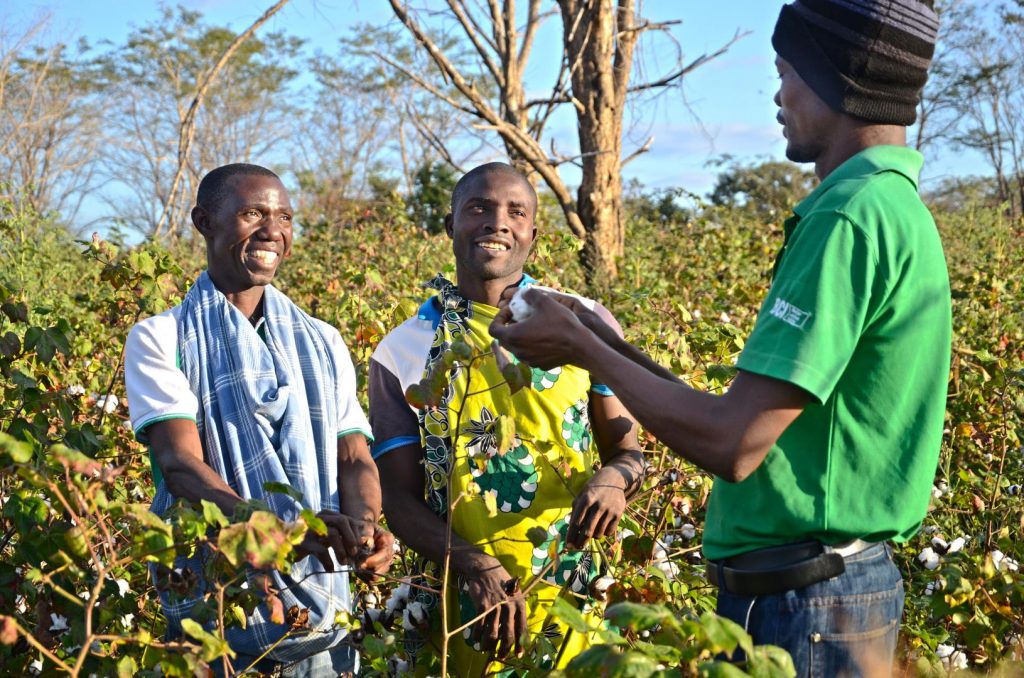
Monitor & Report Against the Target
- Better Cotton is partnering on a project led by the Gold Standard, which will provide guidance and credibility to Better Cotton’s emissions quantification method. We are testing the Cool Farm Tool as a scientific, credible and scalable approach to help us monitor change in emissions over time.
- The collection of additional data from Better Cotton farmers and projects will enable refinement of the emissions quantification process in subsequent years.
Download the report below and access our recent Better Cotton Update on Measuring and Reporting Greenhouse Gas Emissions Webinar and presentation slides to find more details from the report.
Learn more about Better Cotton’s work on Greenhouse Gas Emissions.
